10 Machine Guarding Requirements
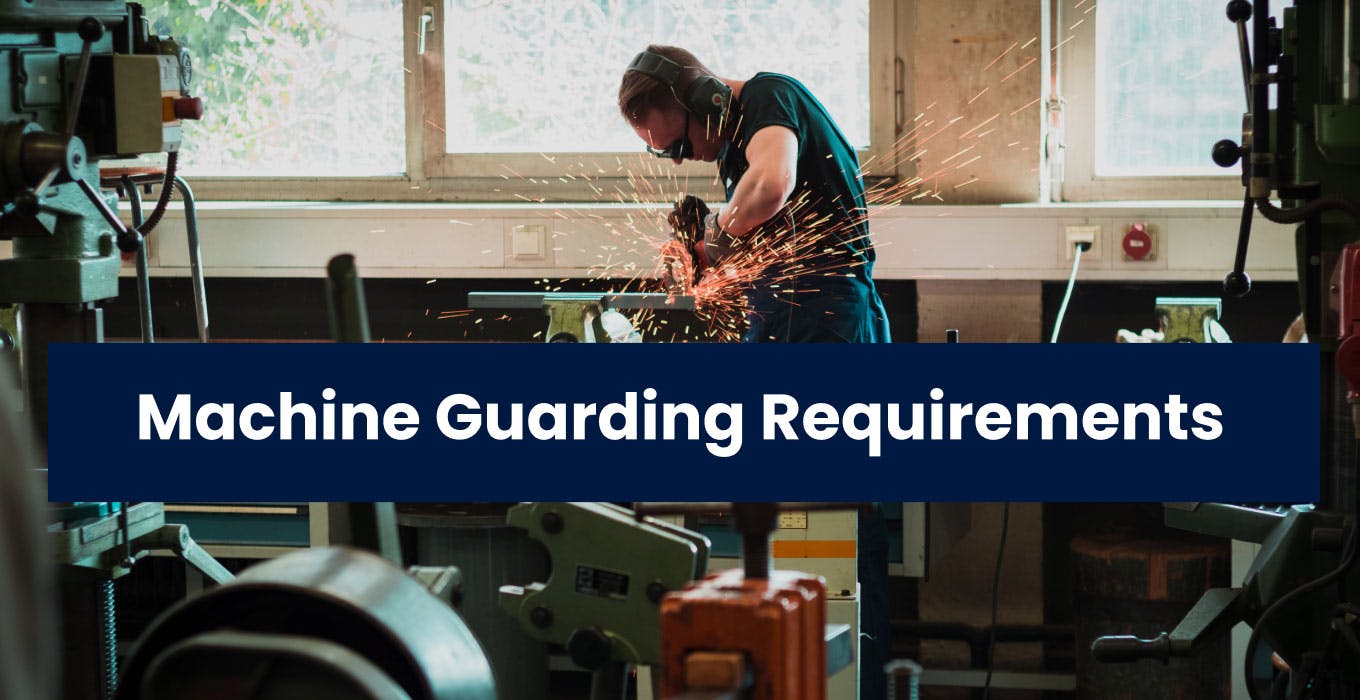
Machine guarding helps construction and general industry workers protect themselves from minor and severe injuries caused by different types of industrial machines and construction tools. In this article, we’ve listed machine guarding requirements to help workers establish safe machine work practices and comply with strict operational standards.
1. Conduct machine guarding training
As a supervisor, it’s your responsibility to conduct machine guarding training for your workers before letting them work with any tools or machines. One of the most vital machine guarding requirements that can improve your team’s safety is their knowledge and skill level. Think about it. Workers with more training under their belt will be able to understand machine guarding standards and handle machines more effectively. On the other hand, employees who don’t have adequate training may end up injuring themselves or others.
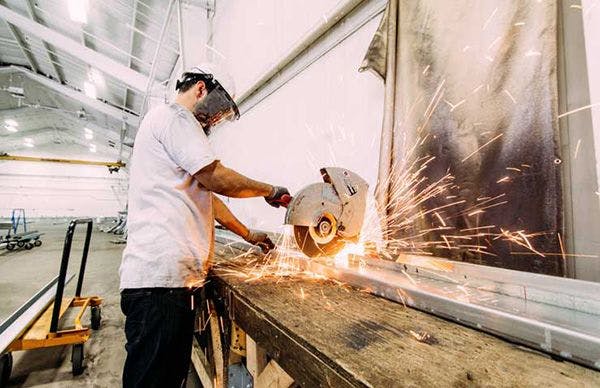
Another thing about conducting machine guarding training is that it’s far more cost effective compared to paying expensive medical fees for potential work-related injuries. Currently, there are a variety of online learning solutions that offer training programs for industrial and construction workers. Some competency management systems even offer free machine guarding training courses. You may also need ladder safety training courses for bigger machines.
If you’re not sure where to begin, you can take a look at SC Training (formerly EdApp)’s comprehensive course library, which comes complete with machine guarding and workplace safety courses. These comprehensive microlearning programs can be delivered to your team as is or customized according to their specific training needs.
Join SC Training (formerly EdApp) for free and Start Complying with these Machine Guarding Requirements!
2. Prepare personal protective equipment (PPE)
Personal protective equipment (PPEs) are a must-have in high-risk industries like manufacturing and construction. For workers, they’re one of the most important forms of protection against fast-moving parts, sharp edges, hot surfaces, and strong forces from machines like hydraulic presses, drills, boilers, and lathes.
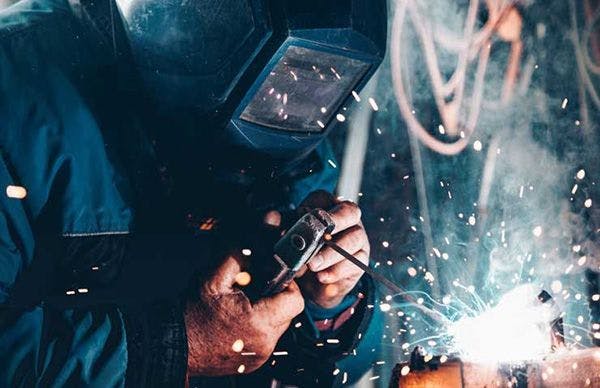
Make sure that your workers can execute their work safely by giving them personal protective equipment and helping them understand how to wear and maintain their gear. It’s also a great idea to give workers proper PPE training and go over the different capabilities and limitations of personal protective equipment. To get the ball rolling, you can take advantage of SC Training (formerly EdApp)’s PPE for manufacturing and PPE for construction courses and distribute them to your workers for free (up to 10 users).
3. Require basic first aid training
Different types of machinery pose many hazards that can cause both minor or severe injuries among your workers. These usually range from lacerations and abrasions to burns and amputations. In such events, it’s important that your workers know how to respond with basic first aid since there might not be immediate access to clinics or hospitals in or near the workplace.

The best way to guarantee first aid knowledge among your employees is by requiring them to undergo basic first aid training. You can combine instructor-led training sessions with online learning programs to help your workers understand basic first aid techniques and processes.
Online training solutions like SC Training (formerly EdApp) can give you completely free courses like OSHA First Aid Training and Standards and The Basics of First Aid. The platform’s built-in authoring tool also allows you to add quizzes and customize lessons according to your company’s branding guidelines.
4. Prioritize workplace ergonomics
Ergonomics is another vital machine guarding requirement that employers mustn’t neglect. As a discipline, it helps workers avoid injuries, long-term health issues, and musculoskeletal diseases caused by uncomfortable postures, repetitive tasks, and overexertion, which can all be expected with machine work.

Through ergonomic planning, companies can map out how they arrange machines and tools in a workplace to optimize safety, long-term health, and productivity. There are multiple factors that employers must consider when designing a workplace for machine workers. Some of these include good lighting, ventilation, working posture, accessibility, display, and proper safety guards.
Manufacturing and construction employers can also help their workers understand these ergonomic factors by supplementing them with ergonomics training courses. This way, they’ll be able to understand and apply topics like ergonomic risk management and body positioning.
5. Inspect and maintain machines
Workers should always inspect and maintain their machines and safeguards to make sure that they are safe for operation. It’s important for them to be actively on guard when using machines and equipment because of the numerous risks they entail. Without proper checks and maintenance, they’re prone to breaking down and causing serious machine guarding accidents like crushing, cutting, puncturing, and entanglement.
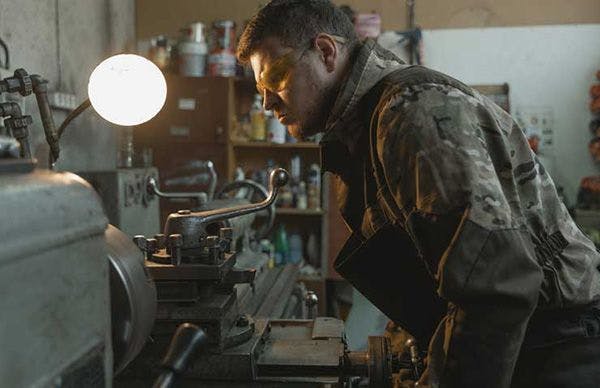
Two great ways to implement this machine guarding requirement are through proper training and the use of machine guarding checklists. Overall, these can help workers comply with safety standards, carry out inspection and maintenance protocols, correct any detected machine guarding defects, and reinforce safe machine practices.
6. Set up lockout/tagout procedures
Lockout/Tagout, also known as LOTO, is a necessary series of procedures used to control, disable, or shut down hazardous energy caused by dangerous machines and equipment. Like other machine guarding requirements, these procedures are important as they protect workers from any uncontrolled release of energy. Without lockout/tagout safeguards in place, malfunctioning machines can cause injuries such as electrocution, burns, lacerations, fractures, amputations, and in worse case scenarios, fatalities.

If you’re looking for a simple lockout/tagout training course that can help you set up lockout/tagout procedures, then look no further than SC Training (formerly EdApp). Their course called Controlling Hazardous Energy: Lockout/Tagout is a great online training program that discusses specific lockout/tagout topics like device removal, group lockout, and energy control devices.
7. Have an emergency evacuation plan ready
In construction and manufacturing environments, employees are frequently exposed to a range of hazards, machine guarding failures, and equipment-related emergencies that can cause injuries and fatalities. In more extreme cases, these hazards might even require complete worksite evacuation. This is why it’s important to have an evacuation plan ready. You can easily implement emergency communication processes and inform your workers of their responsibilities in an emergency. You can also make sure that exit ways are properly maintained and that the organization regularly conducts emergency drills.
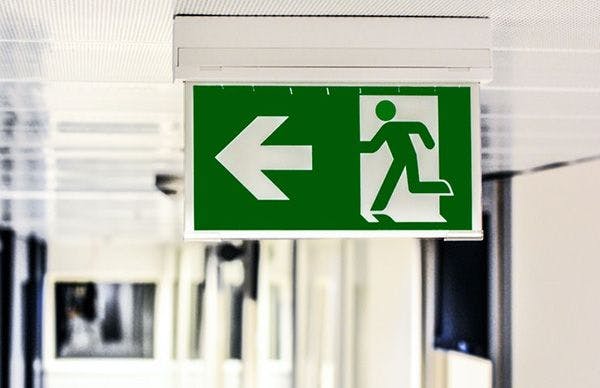
Through proper planning, you can make sure that your employees know how to respond, are confident in their emergency skills, know where and how to exit, and come out of emergency situations unscathed.
8. Brush up on electrical safety practices
Electricity is a major non-mechanical hazard associated with machinery. It’s used as an energy source for a wide range of machines and equipment. If not properly controlled or fixed, electrical hazards like faulty machine wiring, overloaded circuits, and wet conditions can cause electric shock, burns, explosions, or other fire emergencies. This can then lead to workplace damage and serious injuries and fatalities.
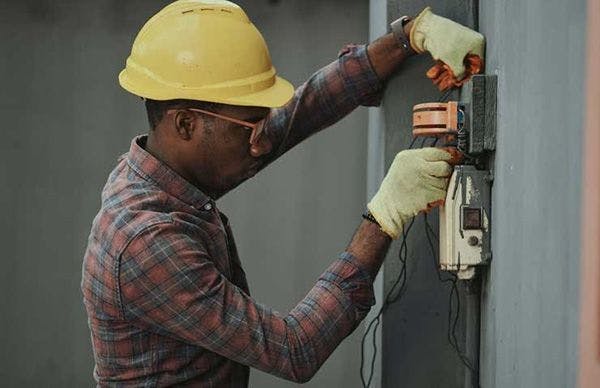
Avoid electrical risks by making sure that your workers brush up on electrical safety practices through classroom-type training or online training methods. Unlike other machine guarding requirements, this will allow them to develop skills necessary for controlling and fixing hazards related to electric-powered machines.
9. Put up hazard warning signs and symbols
Construction sites, factories, mills, and industrial plants typically carry different types of hazardous equipment and materials. One wrong move can sometimes spell disaster for the whole worksite.
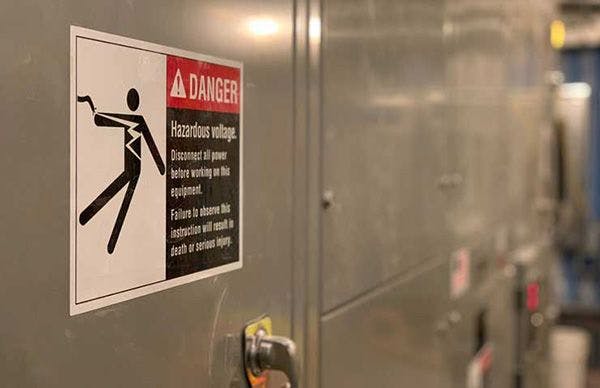
A simple machine guarding requirement that can help you prevent such workplace accidents is the installation of hazard warning signs and symbols. You can put up these safety reminders and precautionary signages on machines and around workstations to reinforce risk awareness and safety protocols. Your employees should also receive training on how to properly read and recognize these hazard signs, including the consequences of mishandling equipment and hazardous materials.
10. Comply with OSHA machine guarding standards
What is the criteria for a guard having to be used on a machine? The Occupational Safety and Health Administration (OSHA) Code of Federal Regulations 1910 subpart O is primarily focused on general requirements for machinery and machine guarding. Any company that deals with different types of machinery and equipment are required to comply with these regulations and machine guarding standards to establish safe machine handling and guarding practices.
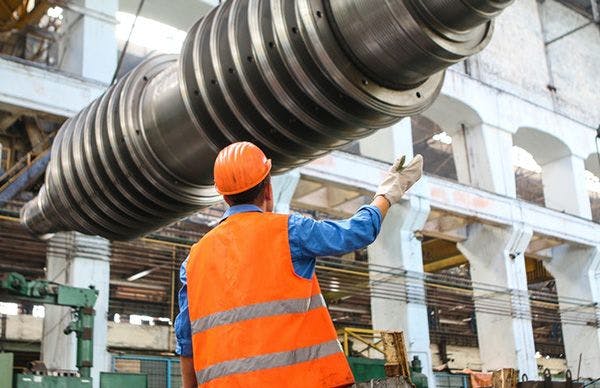
Proper compliance with OSHA machine guarding standards starts with requiring machine guarding training among workers and installing necessary machine guarding barriers on equipment. Through these processes, your workers can attain any necessary certificate for handling different types of equipment and your worksite can pass regular machine safety inspections. For a more proactive approach, you can also set up regular refresher training for your employees through online courses like SC Training (formerly EdApp)’s Machine Guarding or Working Safely with Machinery.
Author
Hannah Malmstrom
Hannah is an eLearning writer who dedicates her time to creating in-depth content about SC Training (formerly EdApp), a multi-award-winning mobile LMS that has pioneered one of the most progressive microlearning solutions on the market. She brings years of writing experience in the online software industry to her current role in the eLearning sphere. When she's not writing, you can find her catching up on new anime series or re-reading her favorite novels.
